What are the dirtiest places in your home? Experts spill your home's filthiest secrets and explain how to clean them
Cleaning experts reveal the 7 surprising areas of your home that are much dirtier than you think and offer solutions to clean them
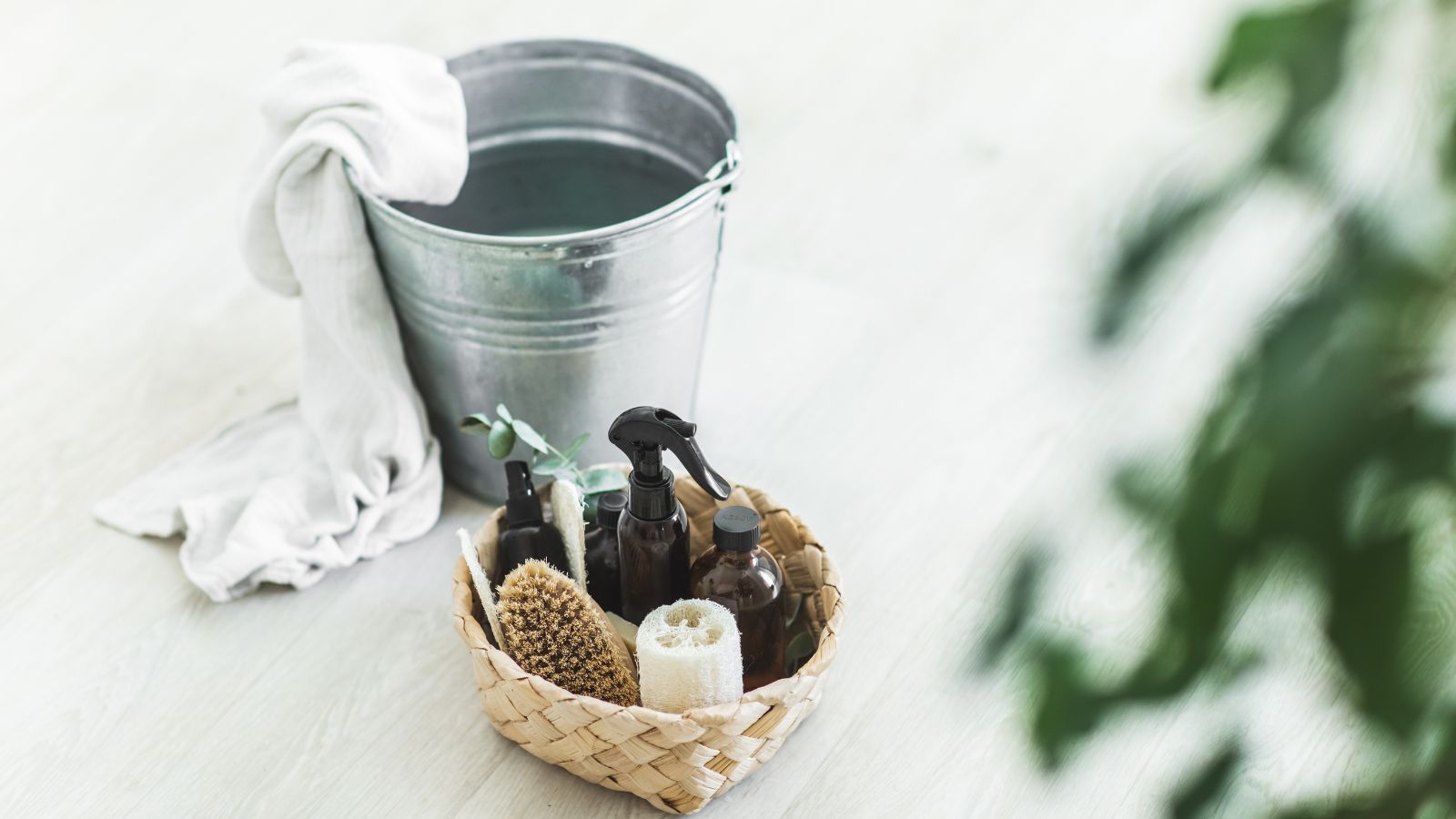

When cleaning your home, it can be easy to miss certain spots that may not cross your mind. The result of this, however, is a build-up of dirt and grime that goes unnoticed. So, what are the dirtiest places in your home? And what is the best way to combat them?
While you might be surprised, or even disgusted by these missed spots, there are luckily a number of cleaning tips to help combat even the grimiest spots no matter if you are deep cleaning a kitchen or quickly cleaning a living room.
Here, experts reveal which areas of your home you are missing in your cleaning regime and how to combat years of dirt.
What are the dirtiest places in your home?
There is no one area of your home that is dirtier than the rest, however, there are some commonly missed spots that garner a build-up of dirt and bacteria over time and can be overwhelming to tackle for the first time.
‘The best approach to cleaning these high-traffic areas, which are usually the dirtiest in the home, is to start by decluttering the space,’ suggests Maria Mooney, brand director of Truly Free. ‘Cleaning a space is far less daunting when you remove all the clutter. Decluttering gives you a sense of peace by having all of your items organized and accessible for you and your family. It will also help keep the area maintained for weekly cleaning purposes.’
1. Washing machine detergent drawer
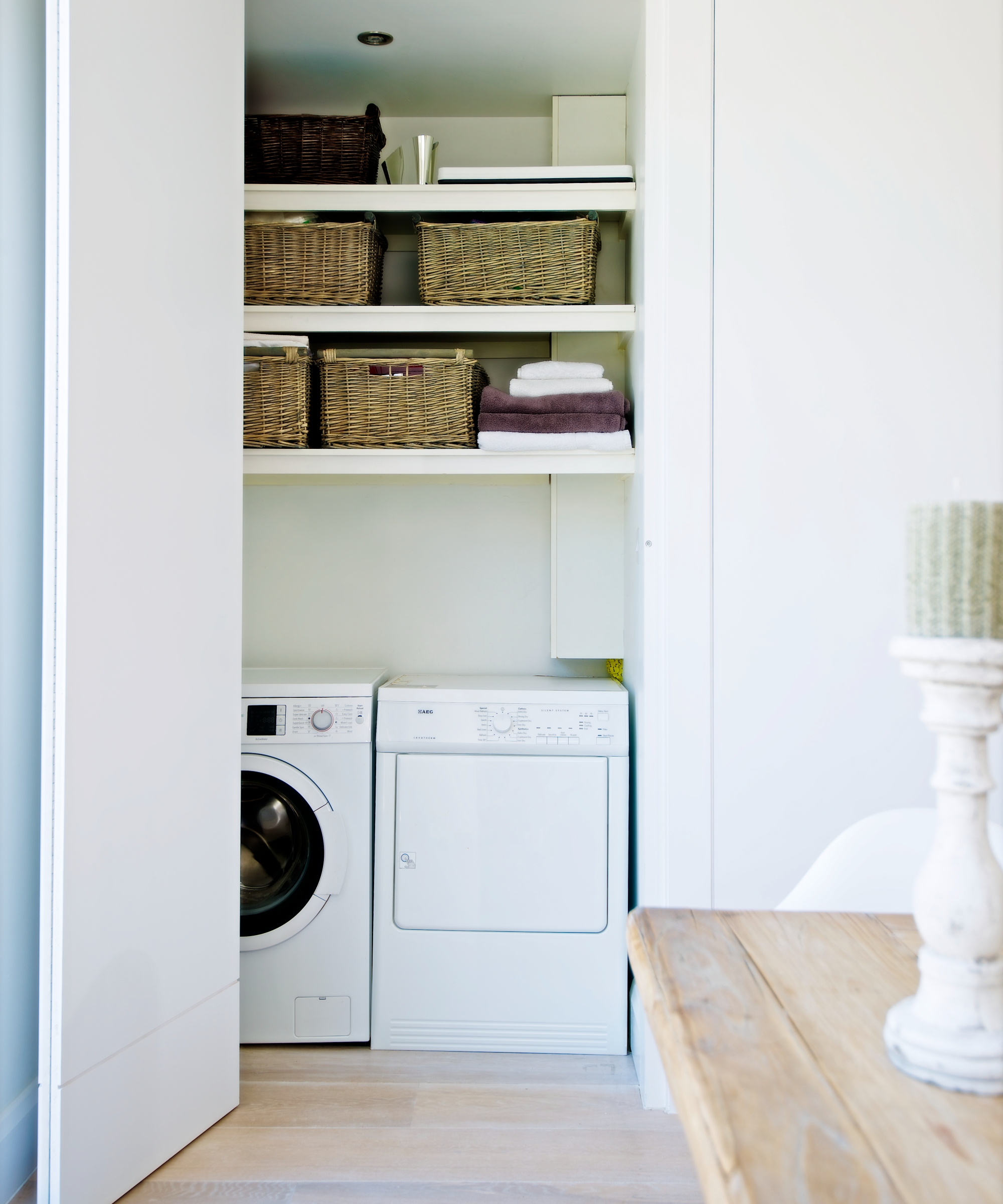
The washing machine is a commonly forgotten spot when it comes to cleaning. As an appliance used to wash other things with soap, it is unsurprising that many people don’t think about how to clean a washing machine to maximize its lifespan and take better care of their clothes.
'With frequent use, the detergent drawer of your washing machine is very prone to a build-up of limescale and it’s important that you keep on top of this because if the detergent isn’t being transferred into the drum properly from the drawer it can hinder the performance and effectiveness of your machine,’ says Jennifer Sharpe, chief fragrance officer at Fabulosa.
'Remove the drawer entirely from the machine, and give it a good spray down with a powerful limescale remover to remove limescale and soap scum, and kill bacteria. Leave it for a few minutes to do its work, then give it a good wipe-down with a damp cloth. Scrub any persisting patches with an old toothbrush, which is also helpful for getting into those hard-to-reach areas.'
2. Base boards
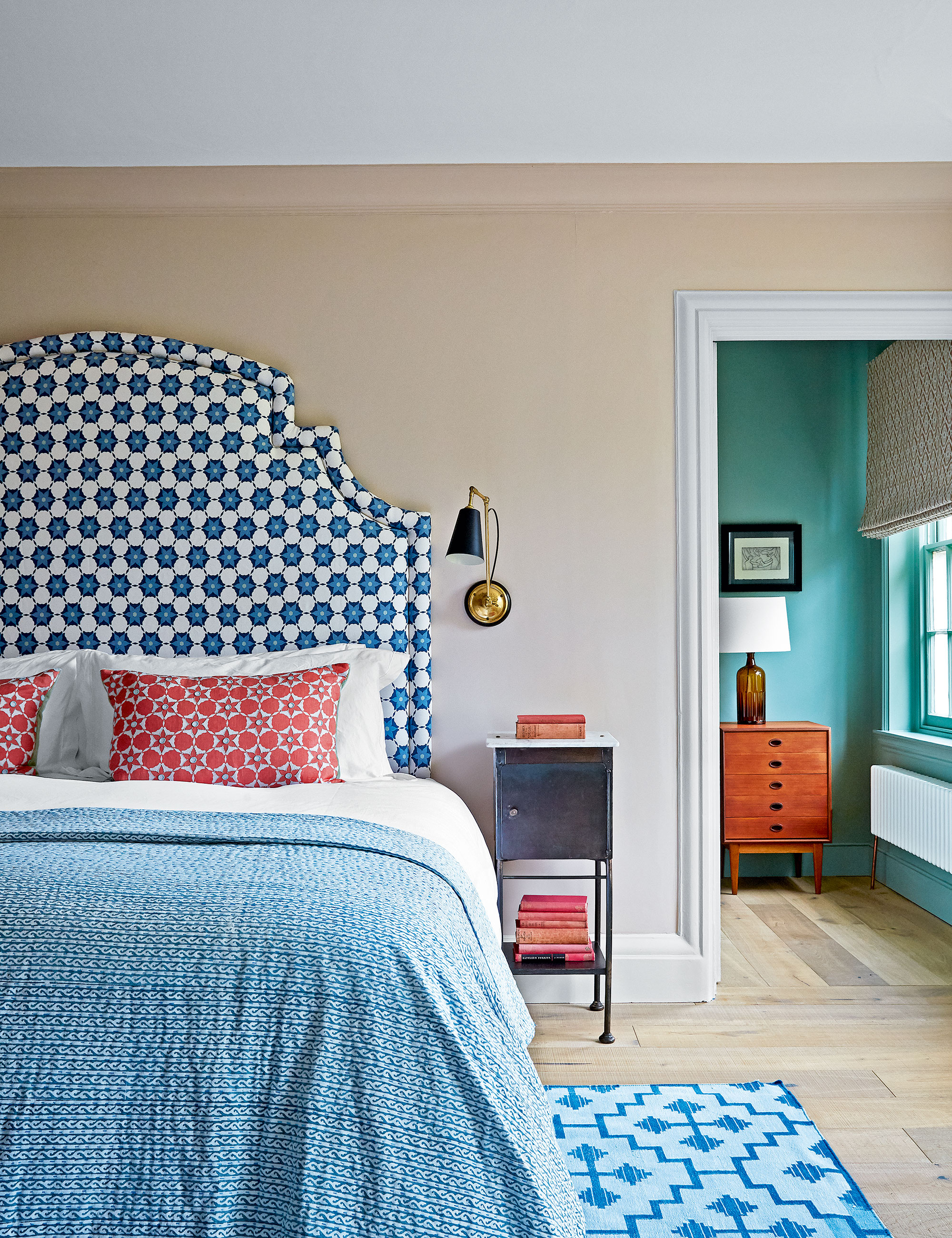
The baseboards around your home are a hotspot for dirt and dust, says Maria, especially behind your bed and sofa. Although small and unsuspecting, the lip on baseboards easily catches dust as it is moved around your home leading to dust mites and flaring allergies. In order to reduce dust in these areas, vacuum your boards weekly and consider using the dryer sheet hack to speed-clean baseboards and limit the dust build-up over time.
3. Kitchen sponges

No matter how well you clean a kitchen sink, the items you use to clean your dishes are often the main culprit for bacteria and dirt. ‘An easy solution is to throw your sink sponge into your hot dishwasher or microwave daily to ensure you've killed the bacteria,’ suggests Maria. Cleaning your kitchen sink thoroughly after each use does not go amiss, however. ‘Kitchen sinks can often be as dirty as a toilet – sounds crazy, I know! However, research shows that a kitchen sink carries more bacteria than the toilet and the garbage can. A kitchen sink should be washed daily with hot, soapy water, particularly after coming in contact with raw meat or poultry,’ Maria continues.
4. Door handles
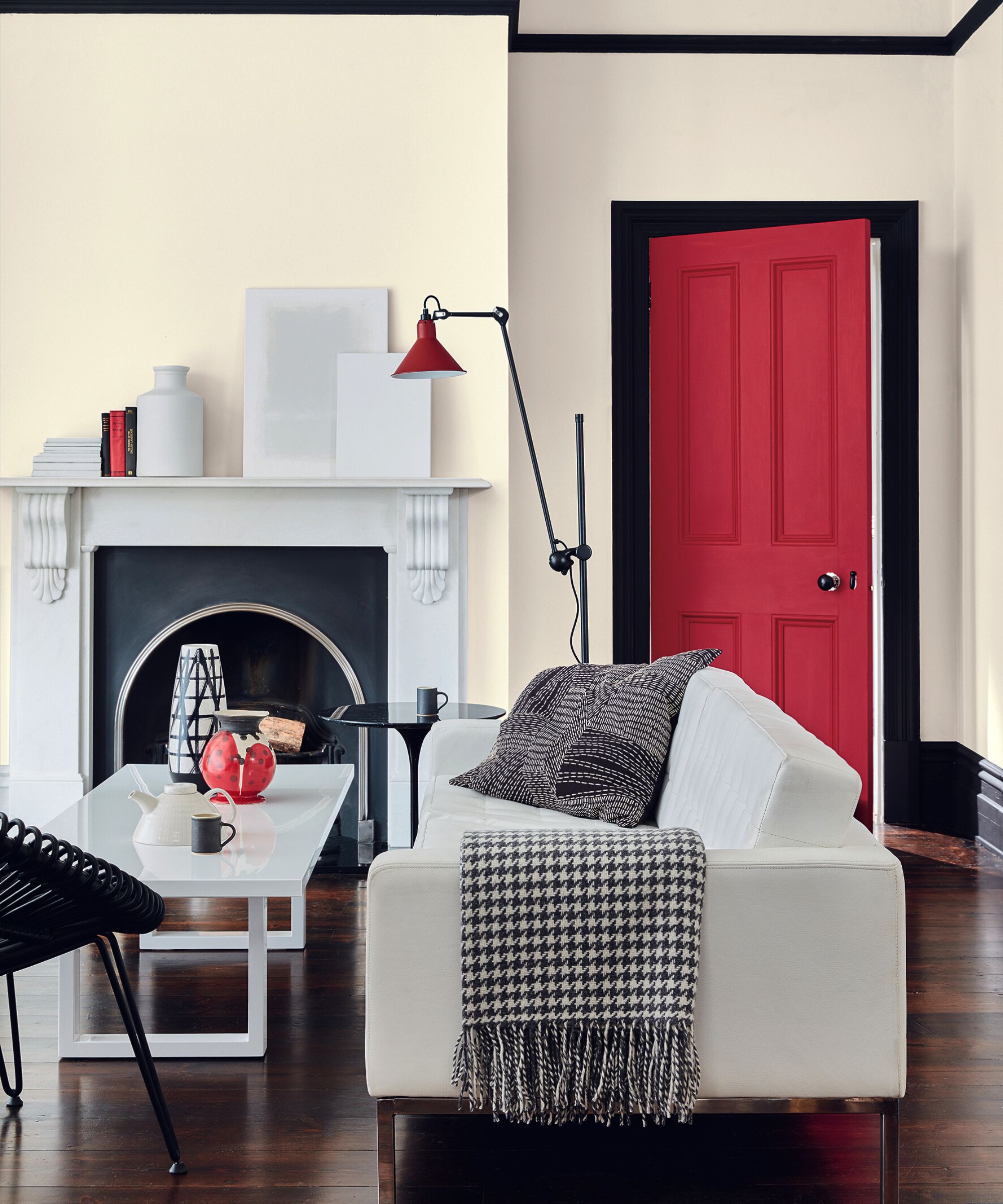
'It’s an obvious one, but door handles are touched every day - usually several times - by everyone in the household,’ says Jennifer Sharpe. ‘Hotspots for bacteria, handles should be cleaned and disinfected on a regular basis to stop the spread of germs. It’s an easy task that is super quick, and a simple ready-to-use disinfectant spray will do the job perfectly. To fully disinfect the area, leave for five minutes before wiping clean with a damp cloth.'
5. Dishwashers
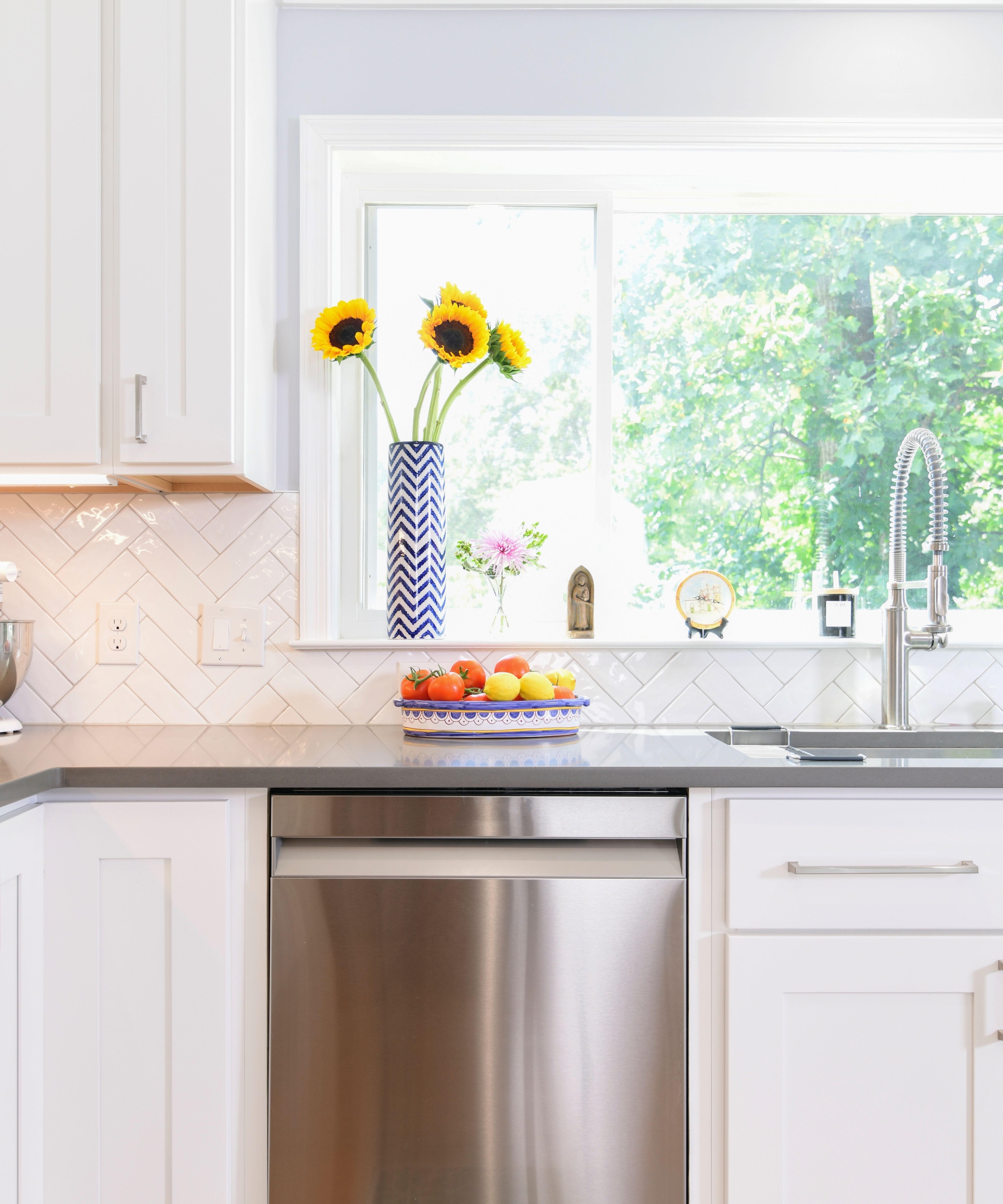
Similar to our household washing machine, many people forget to clean a dishwasher or even unclog the dishwasher to keep it in the best condition possible and prevent bacteria build up on your dinnerware.
‘I know what you're thinking, "How could this be when I run it daily with hot water and dishwasher soap?"’ Maria says. ‘You'd be surprised at what's lurking inside your machine that can attach itself to your dishes and glasses. It's essential to clean your dishwasher once a month to ensure your machine is free from residue that could transfer back to your dishes and glasses. I only realised that cleaning your dishwasher was important once my glasses and dishes started coming out dirty.’
6. On top of cabinets
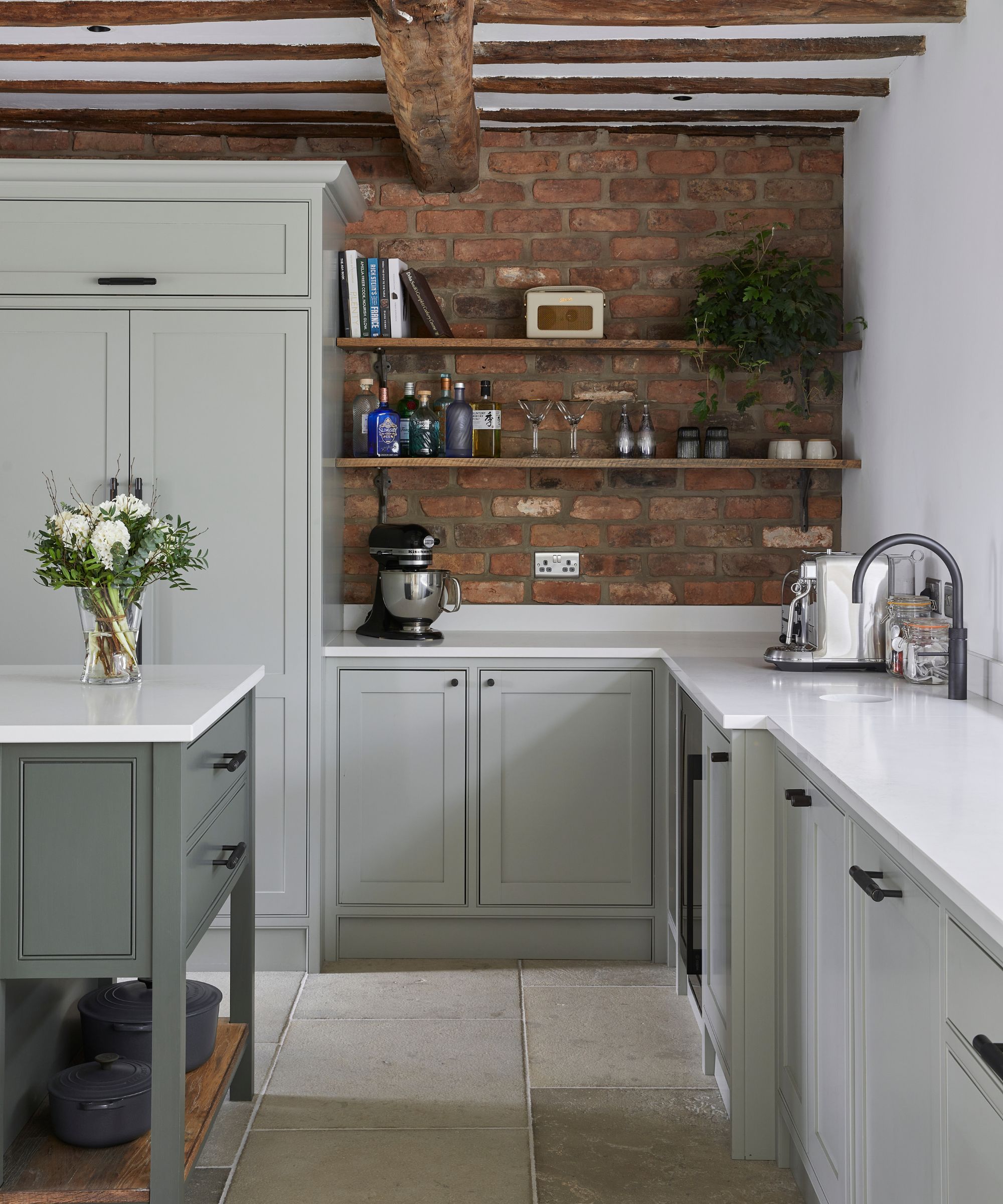
A more obvious place although no less ignored is the top of kitchen cabinet ideas, built-in living room storage ideas, and even curtain tracks and poles. While these areas are often out of sight and out of mind, the dust collections on top of these fittings can exasperate allergies and even make other areas of your home dustier when a draught disturbs the dust deposits. If you want to get rid of dust mites, or improve allergies, cleaning on top of these regularly is a must.
Consider making a homemade cleaning spray to repel dust in your home, or layering old newspapers on top of cabinets to help prevent dust from building up as quickly and leave longer between cleans.
7. Remote controls and electronics

Given that we use our electronics every single day, it shouldn't be surprising that these items quickly accumulate dirt and bacteria. 'TV remotes that are touched constantly also tend to accumulate dirt very quickly. Tackle this by spraying a cloth lightly with a multi-purpose antibacterial spray, and wiping down all surfaces of the remote with the cloth,’ says Jennifer.
‘Things we touch daily, like cell phones, remote controls, DVD players, and streaming devices, all fit the bill for being some of the dirtiest items in the home,’ continues Maria. ‘To clean these devices, use a cleaning cloth and an everyday cleaner. To sanitize, use a non-toxic disinfecting spray such as Surface Shield to keep your devices clean for at least 14 days.’
What part of the house has the most bacteria?
The part of a house with the most bacteria is likely to be the kitchen. While it is commonly thought to be the bathroom, the National Sanitary Foundation discovered that areas of the kitchen where food is stored or prepared carry more bacteria than other places in the home, although they are closely followed by your dish sponge or cloth.
What is the cleanest part of your house?
Surprisingly, the cleanest part of your house is likely to be your toilet pan. While the bathroom is wrongly thought to be a hothouse of bacteria in your home, the toilet has been proven time and time again to carry fewer bacteria than certain areas of your kitchen. Although we certainly do not recommend eating your dinner in the bathroom, it is definitely eye-opening, to say the least.
Sign up to the Homes & Gardens newsletter
Design expertise in your inbox – from inspiring decorating ideas and beautiful celebrity homes to practical gardening advice and shopping round-ups.

Chiana has been at Homes & Gardens for two years and is our resident 'queen' of non-toxic living. She spends most of her time producing content for the Solved section of the website, helping readers get the most out of their homes through clever decluttering, cleaning, and tidying tips. She was named one of Fixr's top home improvement journalists in 2024.
-
 Zooey Deschanel and Jonathan Scott's breakfast nook is an innovative, effective use of kitchen space – it turns a 'dead area' into a cafe-style corner
Zooey Deschanel and Jonathan Scott's breakfast nook is an innovative, effective use of kitchen space – it turns a 'dead area' into a cafe-style cornerJonathan and Zooey have situated an eccentric yet elegant dining area in what may have been an otherwise underused corner
By Hannah Ziegler Published
-
 6 things you should never throw in the trash – and what to do for safe disposal instead
6 things you should never throw in the trash – and what to do for safe disposal insteadFrom batteries to space heaters, experts reveal what not to throw
By Andy van Terheyden Published